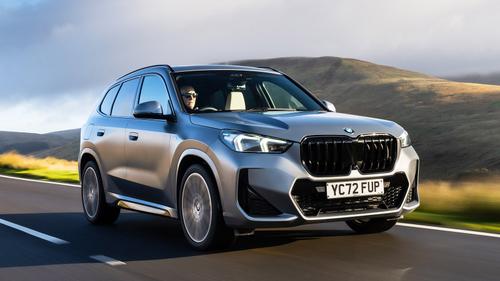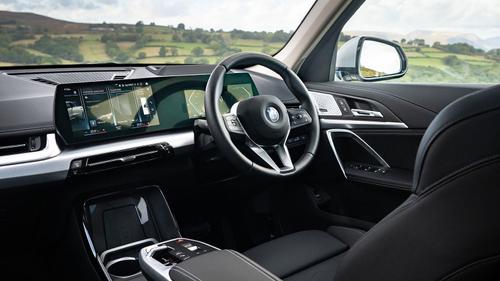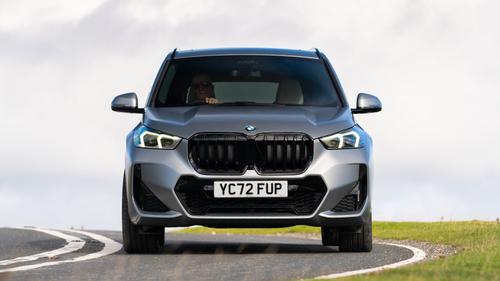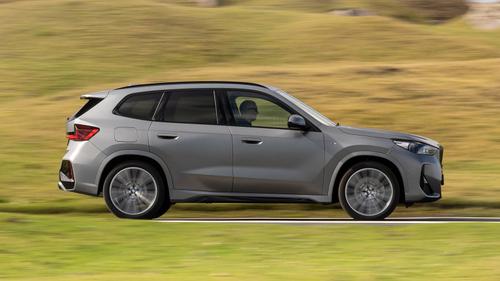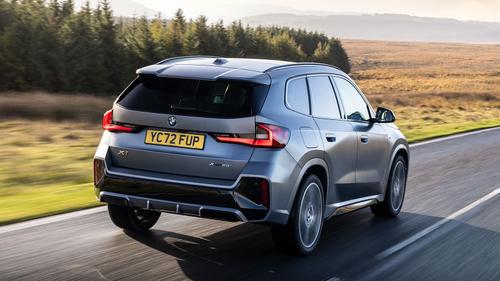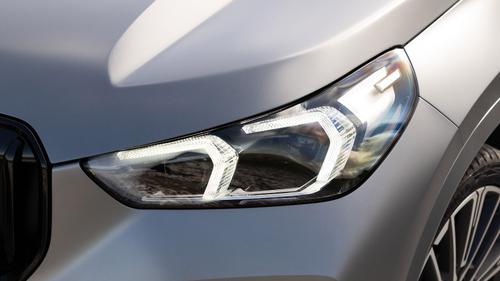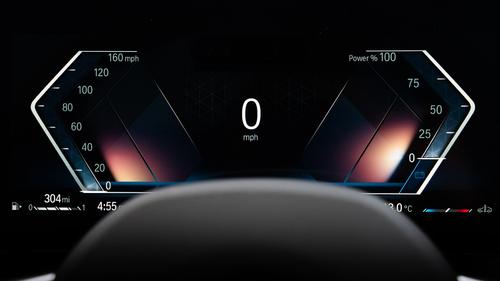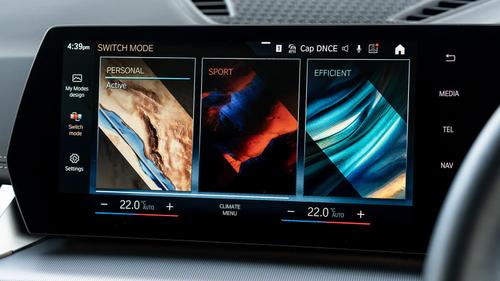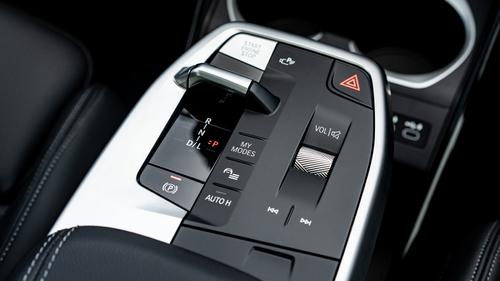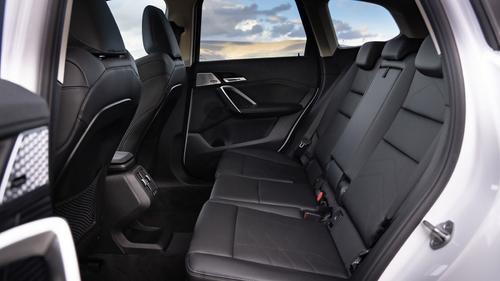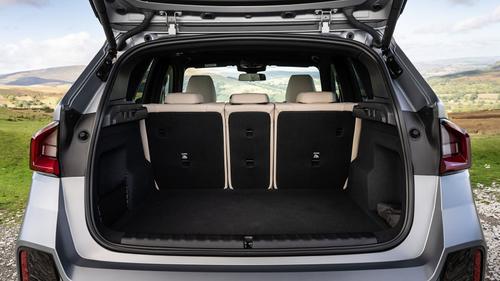
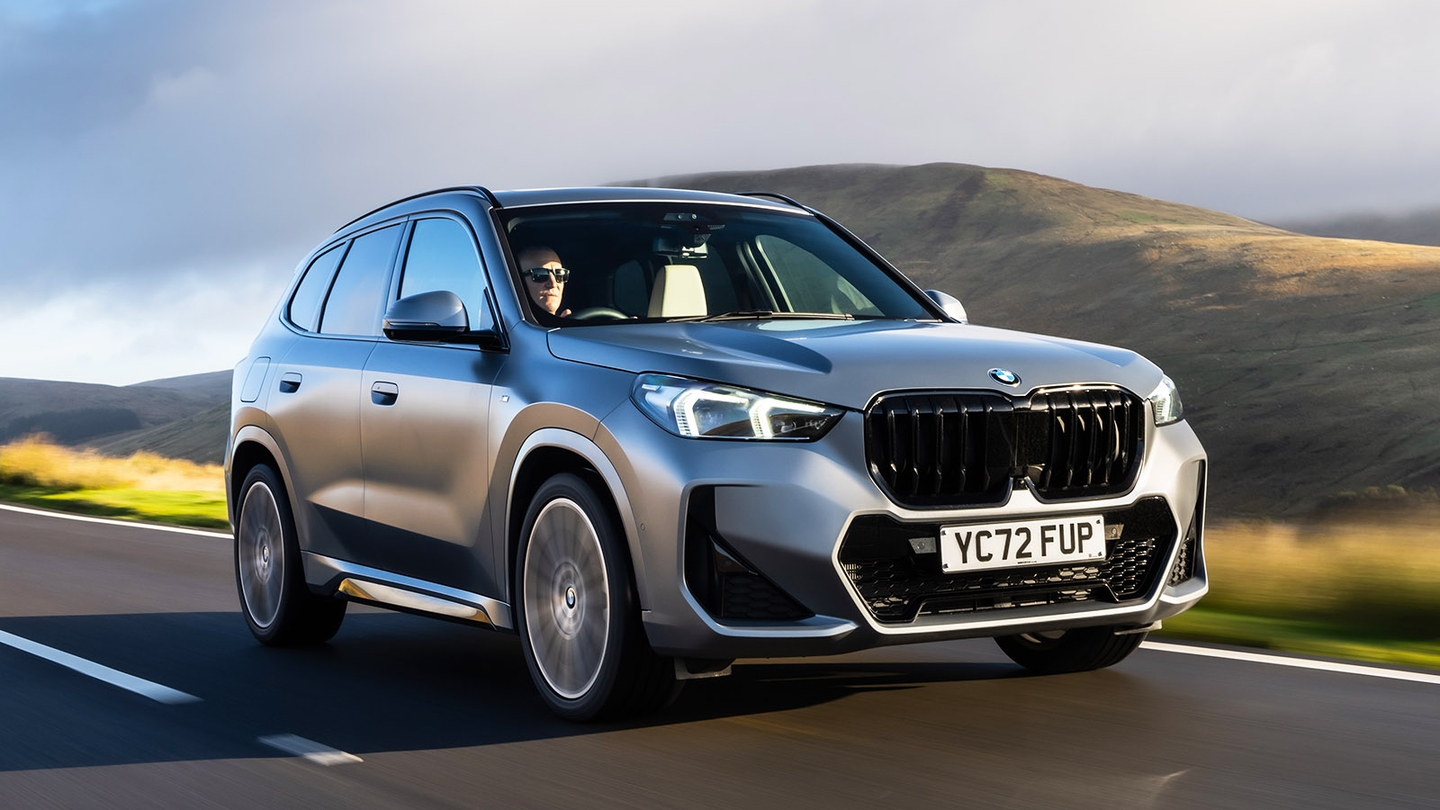
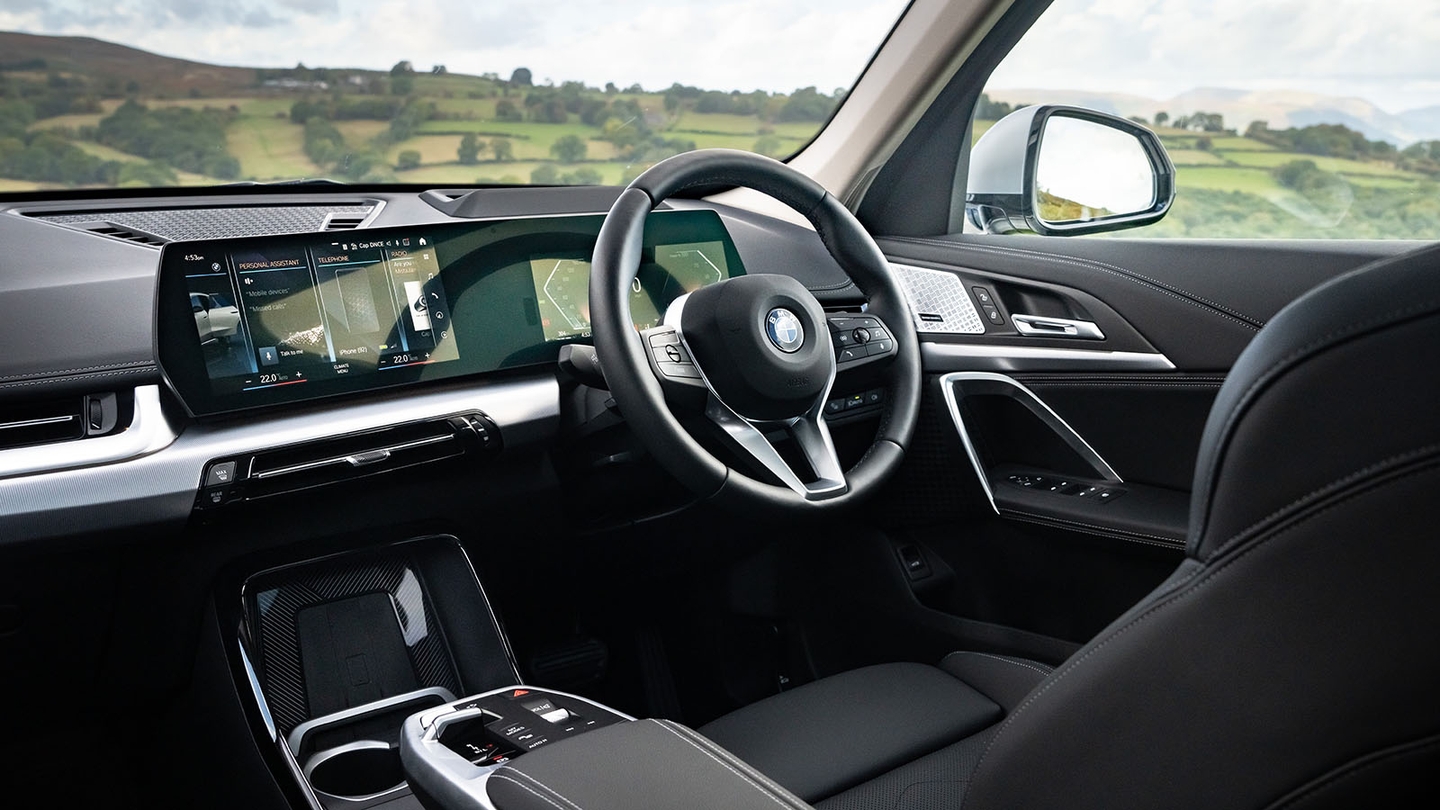
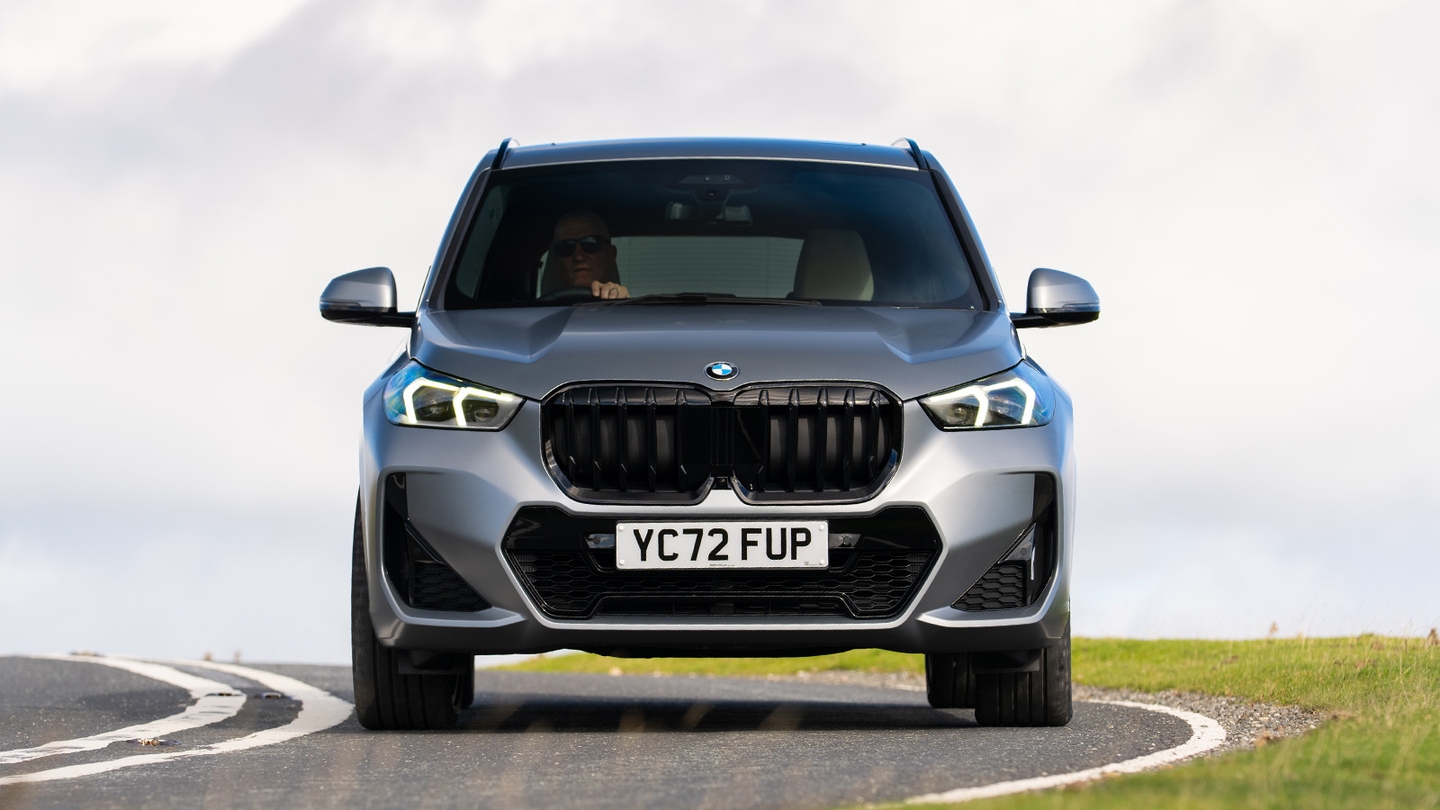
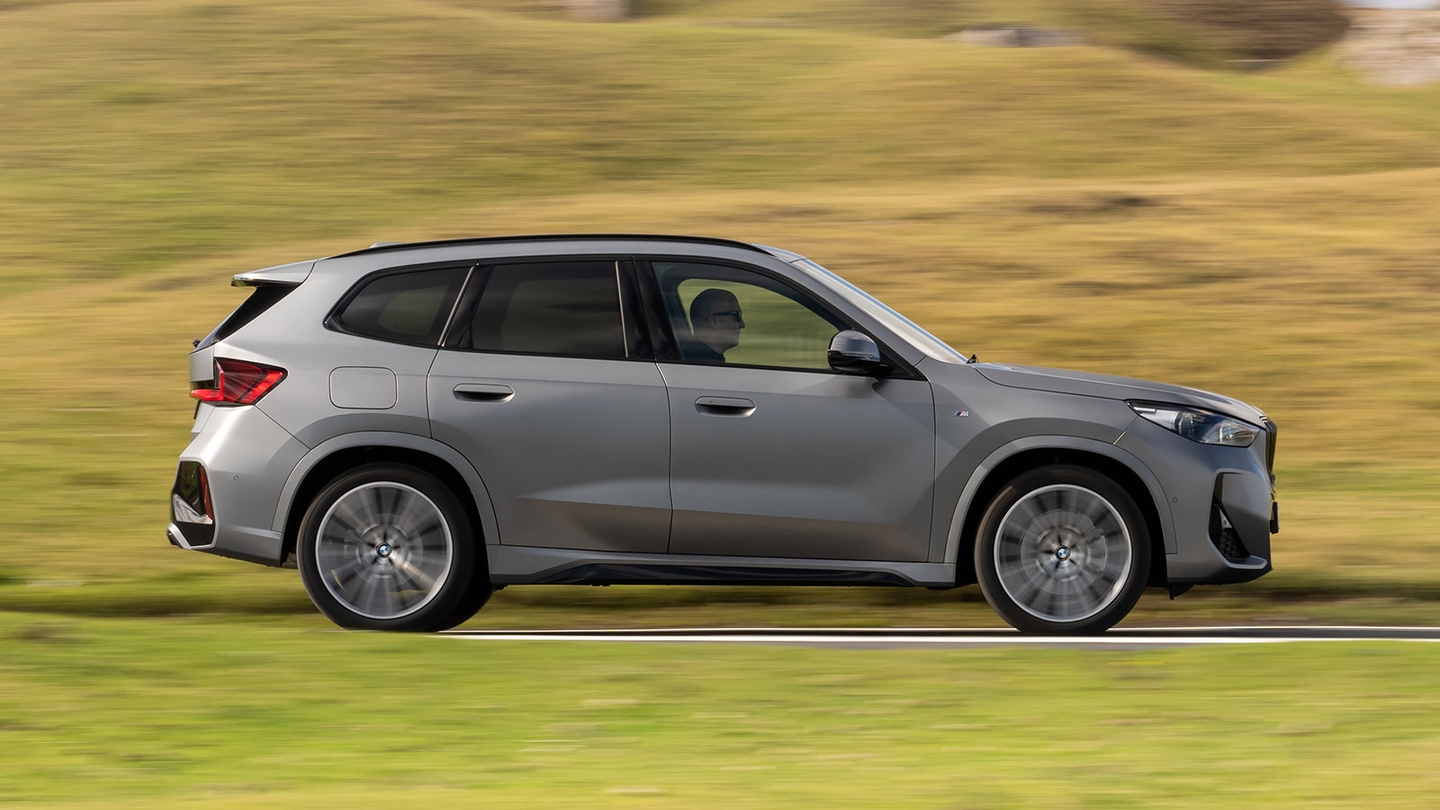
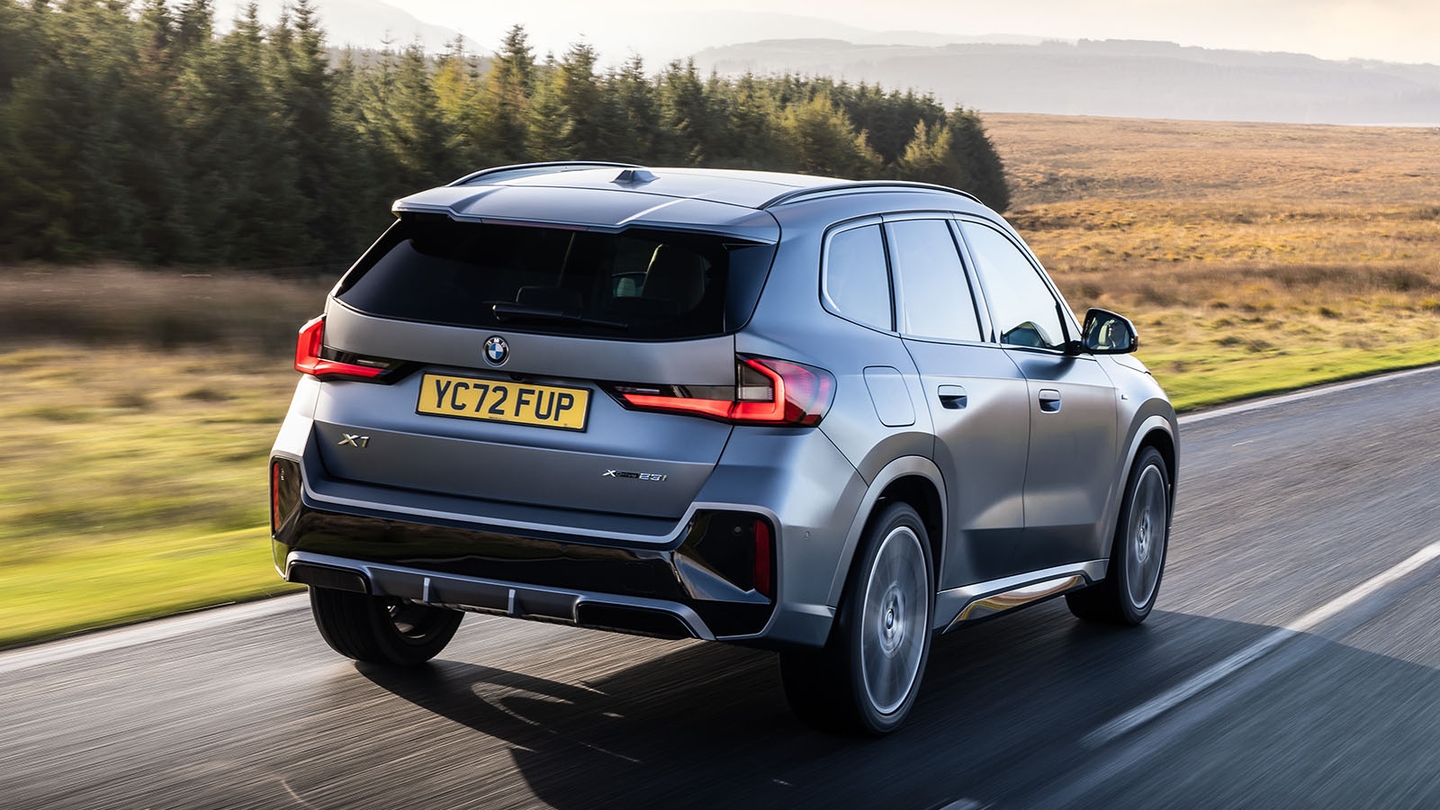
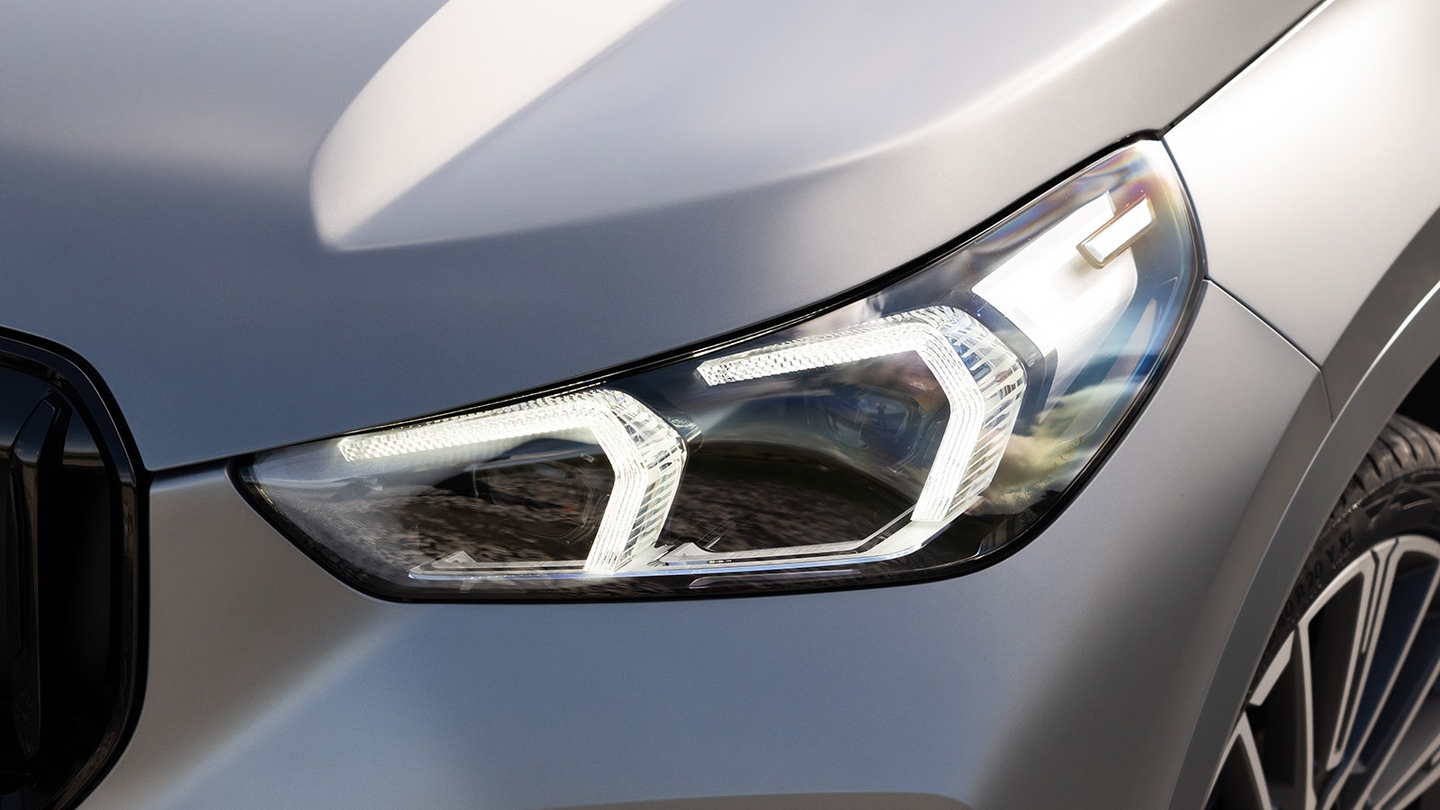

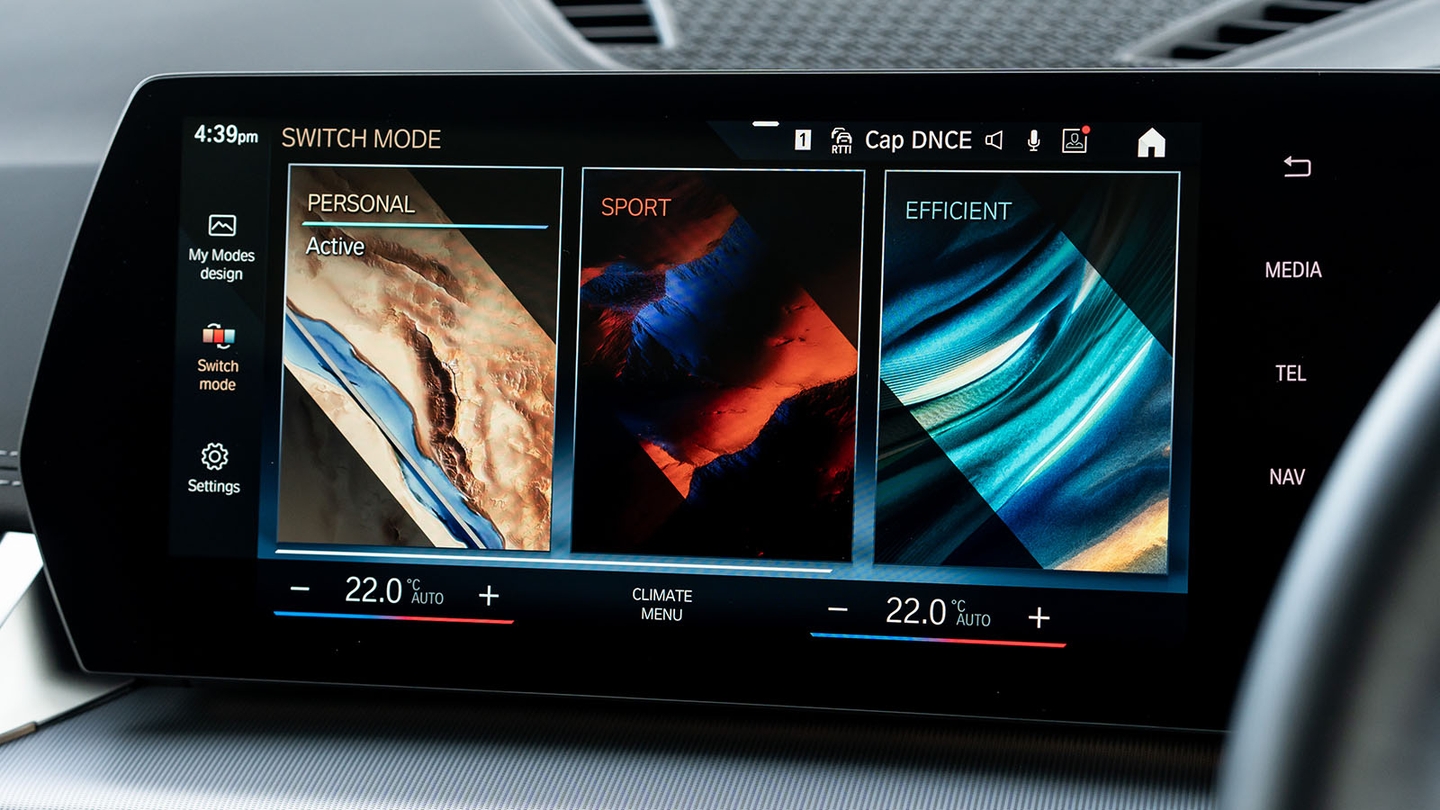
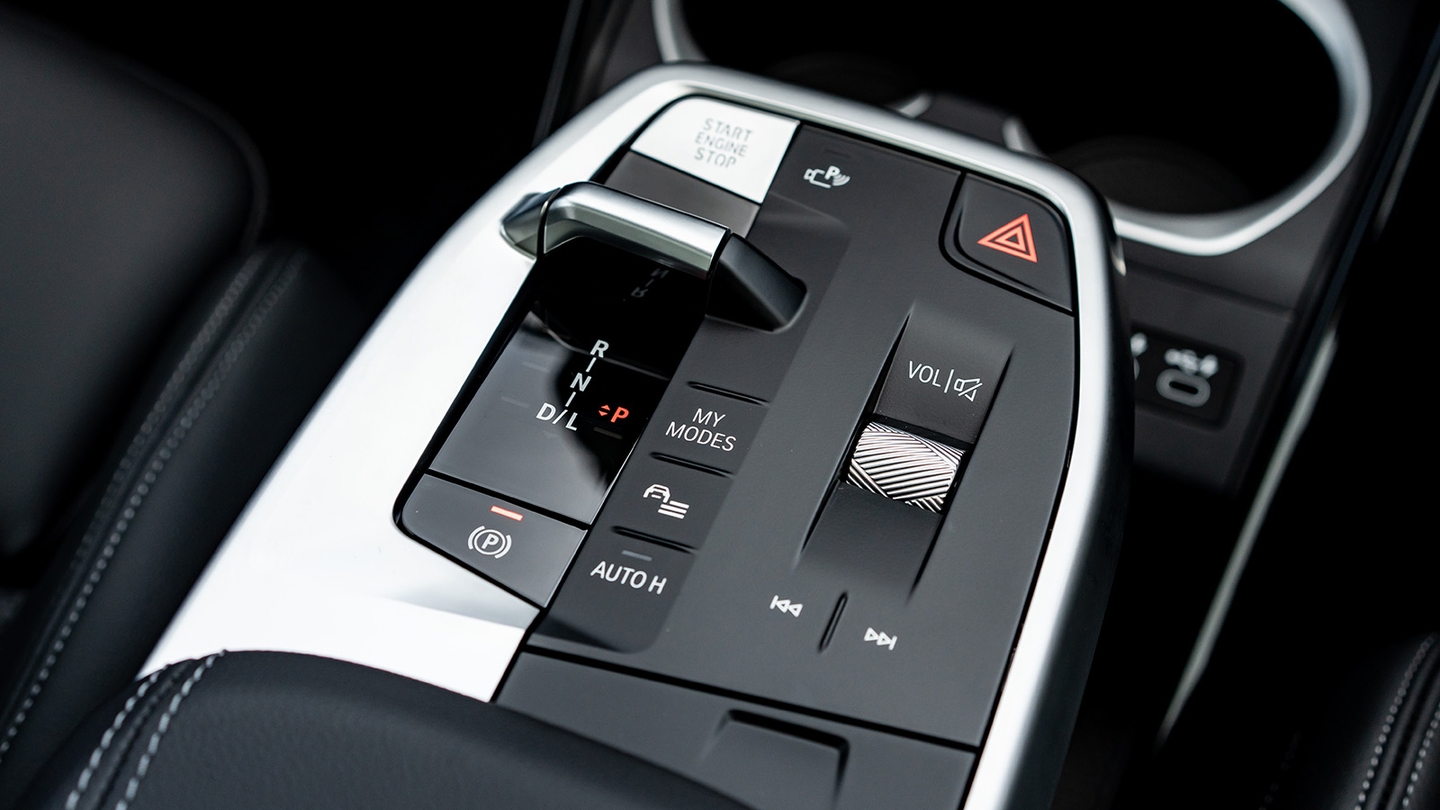

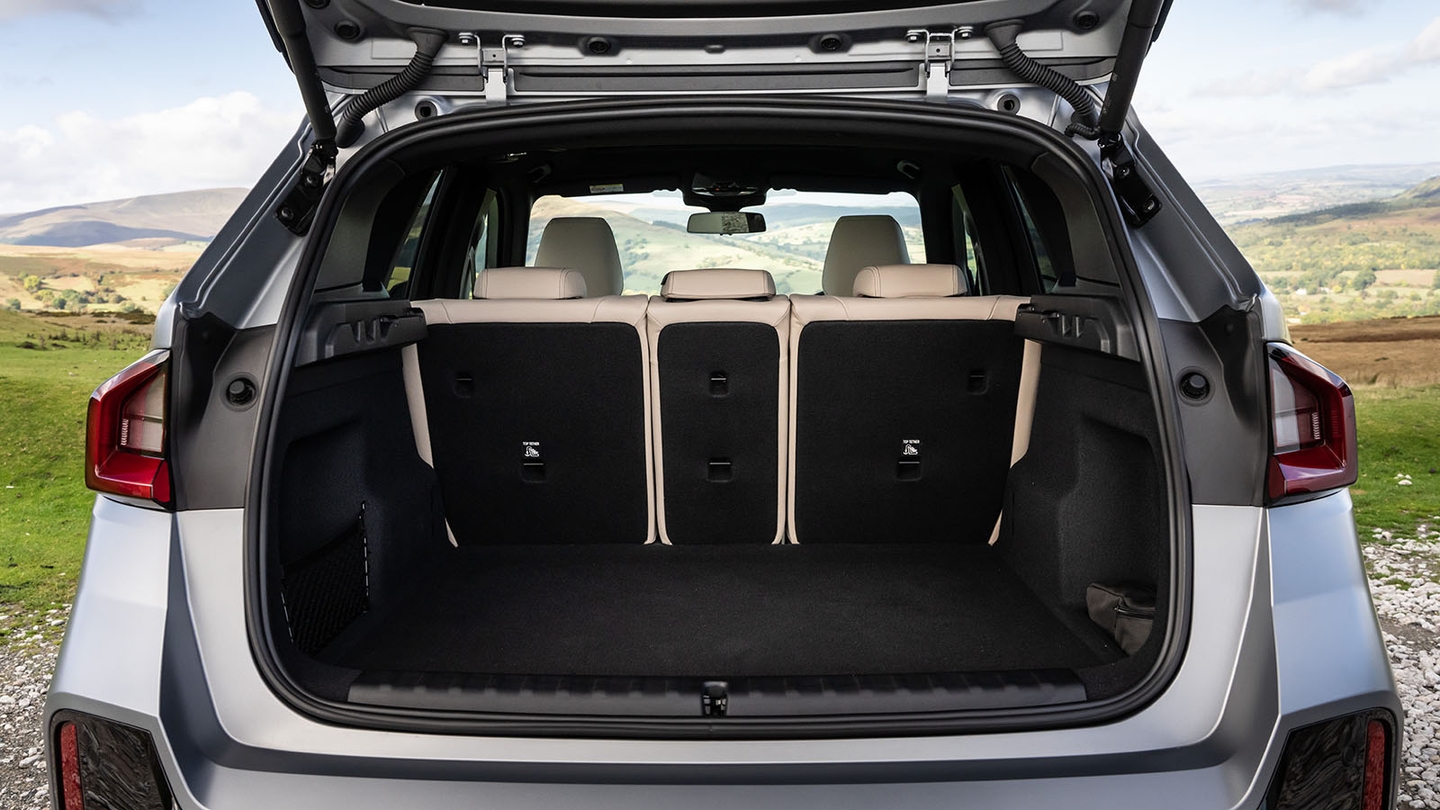
BMW X1 review
There was a time when a BMW badge meant the car's main focus was on sporty driving. The BMW X1, however, represents a newer interpretation with more everyday usability than Beemers of old.
Despite looking fairly similar to the outgoing X1, the latest car has had a thorough overhaul to cast away the cobwebs forming around the old car's dated design – especially in the cabin. Keep reading to find out what the X1 is like to live with…
- Great practicality for its size
- Strong engines
- Modern interior design
- Handling isn't as sharp as old X1s
- Infotainment layout is fussy
- Desirable badge commands a price premium
Should I buy a BMW X1?
Competition in this segment is fierce. The X1 goes up against traditional rivals – the Audi Q3 and Mercedes GLA – as well as alternative premium models such as the Volvo XC40, Range Rover Evoque and Lexus UX. As a result, the X1 has to get pretty much everything right – the look, the feel and the tech all have to be on point. The good news is that the X1 scores well in all these areas, with desirable looks, a well-rounded driving experience and a far more modern cabin than the car it replaces.
"There are neat touches up front like the angular grab handles integrated into the doors, or the centre console 'plinth' with the auto gear selector and an open storage space underneath"
We'll get acquainted with the interior in more detail lower down, but the design clearly shares cues with other recent BMW cabins like the new 5 Series or 1 Series. That means a new monolithic widescreen display that stretches from behind the steering wheel to the centre of the dashboard, incorporating both driver gauges and the main infotainment system. Elsewhere, you'll find the same minimalist approach taken with those cars, with most of the main switches removed in favour of touchscreen control.
It's grown a little over the old X1, now measuring exactly 4.5 metres long. That makes it one of the larger models in the segment but it's still easy to use in urban driving, where the larger X3 and X5 start to feel more unwieldy. In practice, its dimensions don't really matter because all versions get full park assist, parking sensors and a reversing camera as standard.
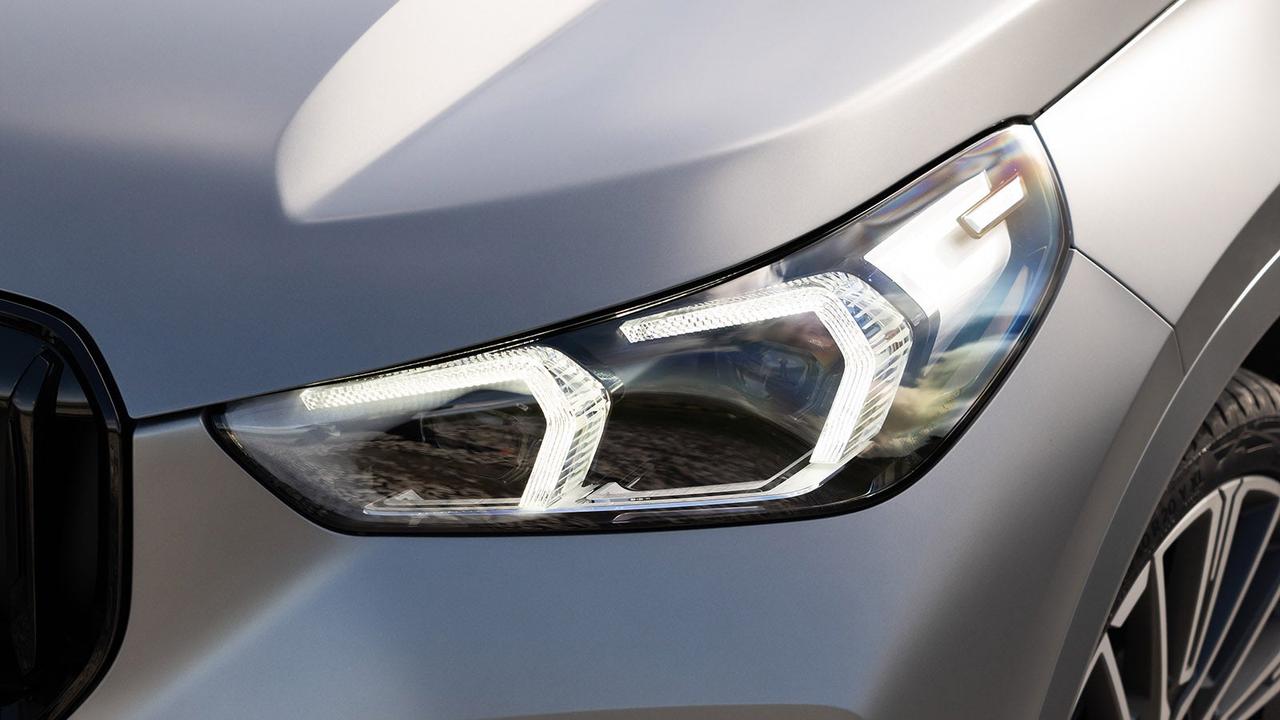
The X1 doesn't waste the space it takes up, either. There's lots of passenger room across both rows and plenty of front-seat adjustment, so even drivers at the far ends of the bell curve can find a comfy position. The boot is also one of the largest in the segment, with a standard electrically powered bootlid for added convenience.
Most drivers will be pretty satisfied from behind the wheel. The X1 is planted and confidence-inspiring in all circumstances, without demanding much of the driver at the controls. Though, as we'll find in the driving section below, this generation isn't quite as playful as older X1s and makes further concessions to ride comfort that blunt its agility. All engines are punchy at least, and the standard-fit auto gearbox is quick-witted and well tuned.
As you'd expect, prices are steeper than the market average thanks to the desirable BMW badge on the bonnet. Brand-new models cost from roughly £37,000, with most retailing for more than £40,000. At the time of writing, several nearly new examples from Motorpoint are available for less than £30,000. Fuel economy is respectable across the X1 range, but maintenance and insurance costs will be higher than mainstream models. On the plus side, BMW includes most desirable equipment as standard, so you can avoid the pricier trims if you're not fussed about the sportier looks.
Interior and technology
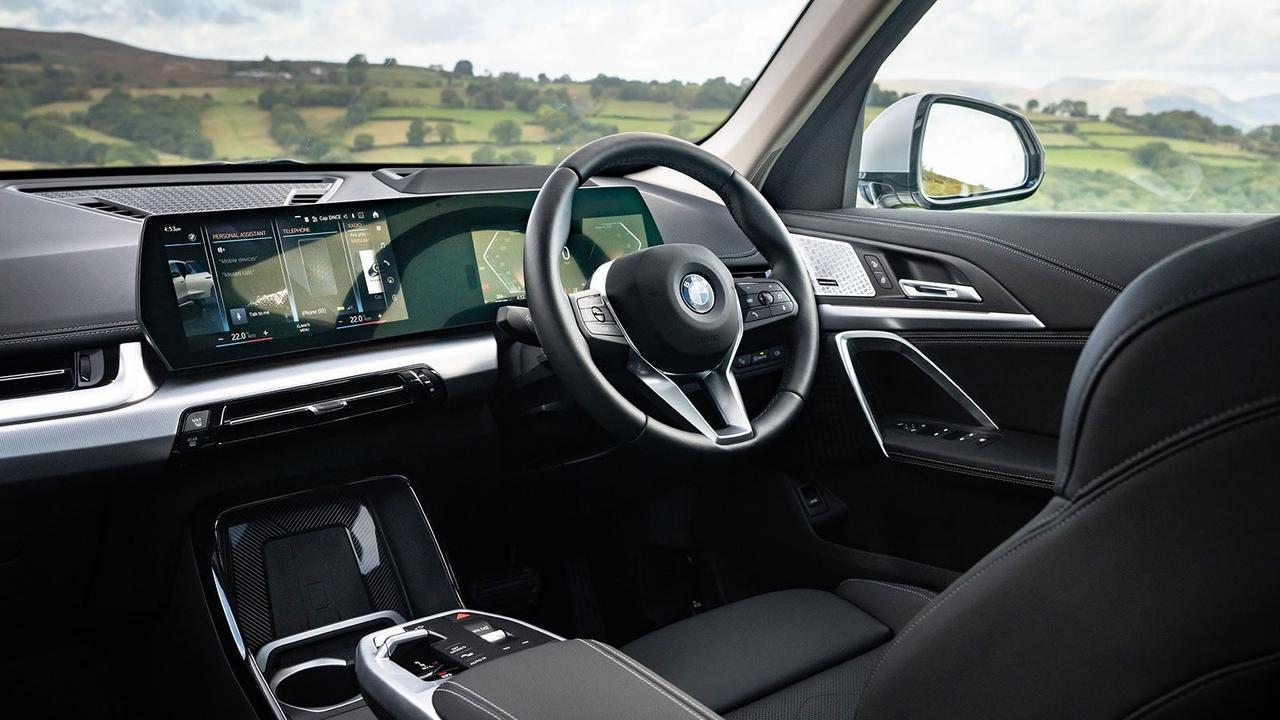
The old X1 ended production in 2022 and, by that time, it was starting to feel very dated inside. Its tiny infotainment screen and button-heavy dashboard felt increasingly old-fashioned against newer alternatives. The latest X1 has taken a hard turn in the opposite direction, eliminating most of the dashboard buttons in favour of a vast dual-screen infotainment unit that makes up the driver's dials and central screen. Material quality is generally good, as you'd hope for a premium car like this, although there are a few more hard plastics than you'd find in cars like the Mercedes GLA.
There are neat touches up front like the angular grab handles integrated into the doors, or the centre console 'plinth' with the auto gear selector and an open storage space underneath. Another interesting detail from the driver's seat is the 'skeletonised' lower steering wheel spar, giving you something to idly thumb on long journeys. It's a shame BMW didn't take the same reductionist approach to the steering wheel itself, which is just a little too thick for our tastes.
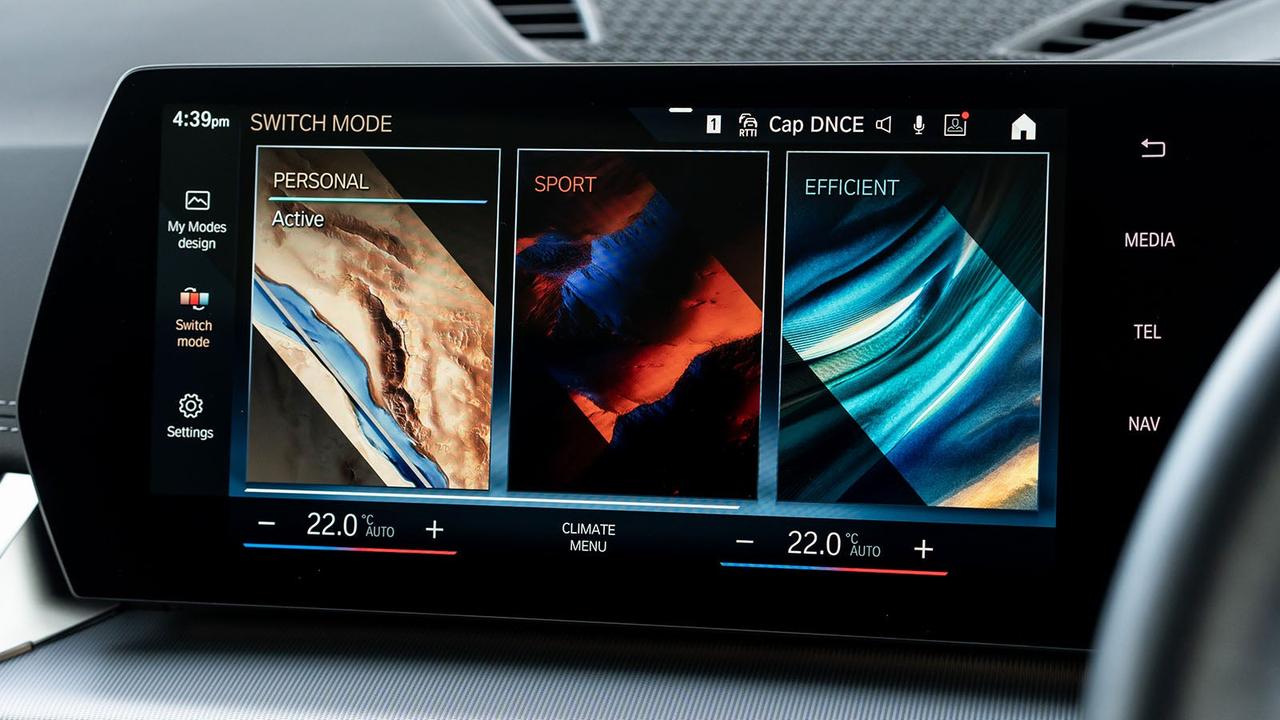
Like the rest of the cabin, the X1's infotainment system has a glossy, modern look. The graphics are sharp and the screens themselves are big enough that on-screen buttons don't feel too cramped or hard to hit. It's not all good news, however, because the menu layouts leave quite a bit to be desired. Many sections, such as the home screen, have so much information thrown at them that you have to swipe left and right just to see everything on them. What's worse, pressing the shortcut key for apps brings up reams of tiled icons that are very hard to make sense of while driving. The iconic and helpful circular iDrive controller has also been consigned to the bin, meaning you have to touch the screen to use it, taking your eyes off the road for longer than with the old setup.
On the plus side, BMW hasn't gone as far as the likes of Tesla in banishing all physical switchgear. There are still hard controls for functions like stereo volume and track, front and rear defrosters, plus your drive modes and park assist – saving you from having to hunt through the screen's contrived menus. You'll also find a handy panel lower down in the dashboard containing a wireless phone charger and a sprung clip to hold your device in place.
Practicality
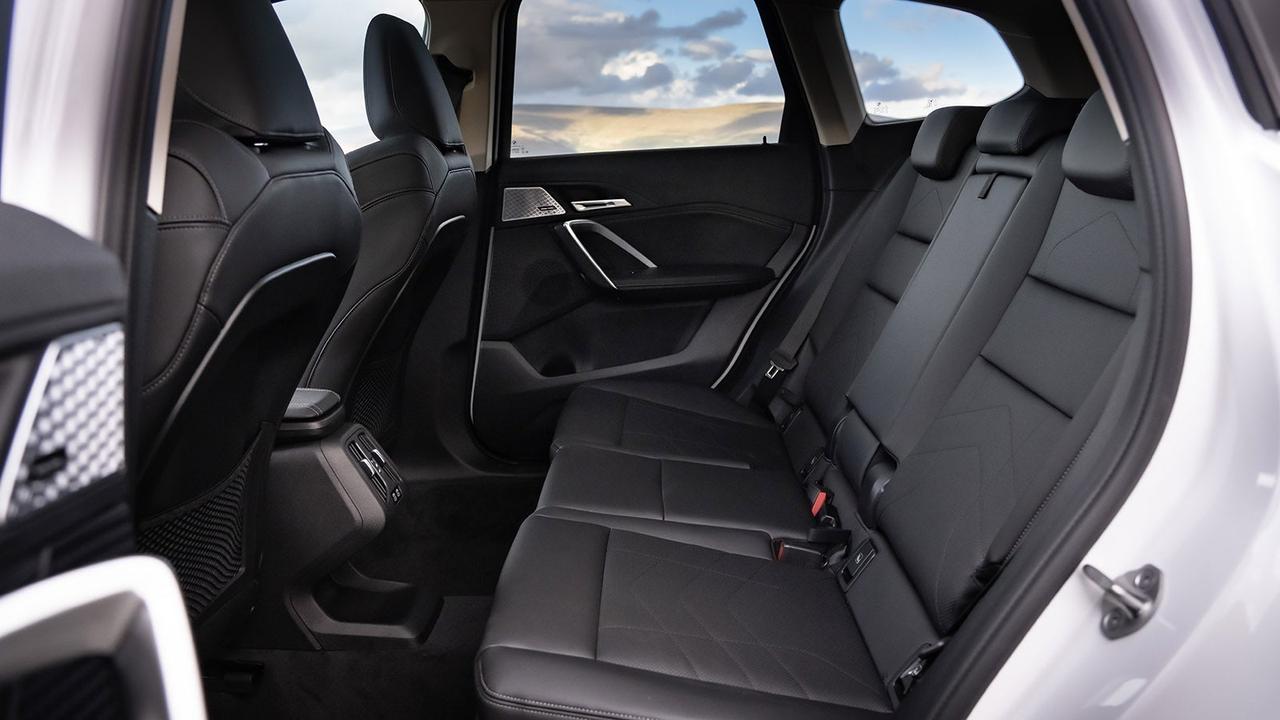
Practicality is really strong for the class. The X1 is obviously bigger than the comparatively compact Mercedes GLA, but also feels a touch more spacious than the Audi Q3, which is a much closer size match. There's a broad range of front-seat adjustment, and the rails slide very far back so even the loftiest of drivers should be able to get comfortable.
If you are, in fact, seven-foot tall and take full advantage of the front-seat legroom, then you'll start to find the limits of the rear-seat space. In that case, you might want to trade up to the larger X3 or X5 SUVs but, for the majority of families, the X1 should have enough space across both rows. Rear passengers get plenty of head and legroom, plus easy access through the well-sized door opening.
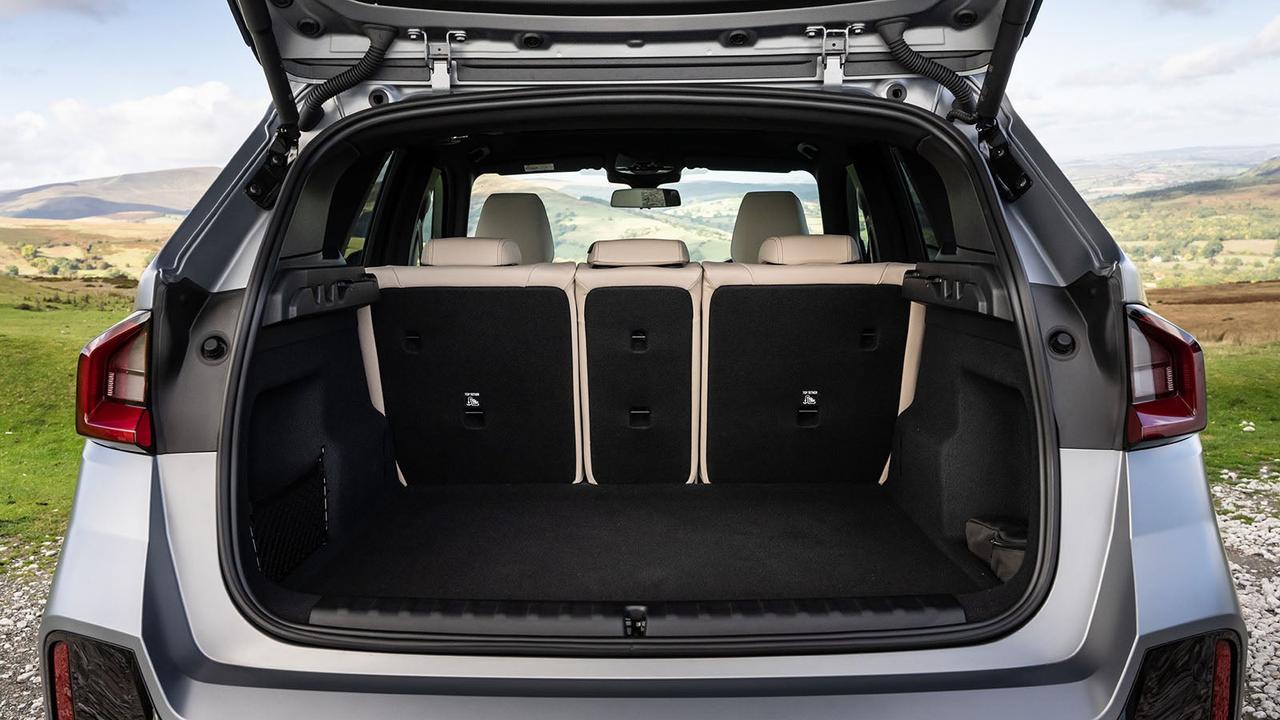
Pop the electronically opening bootlid to reveal the X1's 540-litre boot. That's the biggest of the 'big three' premium German brands and also outclasses the Volvo XC40. The space itself is square with deep storage bins on either side and you get 40:20:40-folding rear seats as standard for a little extra versatility. Most families will find there's enough cargo room for their day-to-day duties, although there isn't as much storage space above the parcel shelf as you'd find in BMW's larger SUVs.
Cabin storage is reasonably well thought out. The centre console storage bin and glove box are fairly average, but the door pockets are comparatively large. Wireless smartphone mirroring and charging, plus an obvious place to safely store your phone make connectivity easy. However, the best feature is the open space beneath the jutting centre console, which can just about fit a small handbag or a box of tissues.
Engines and performance
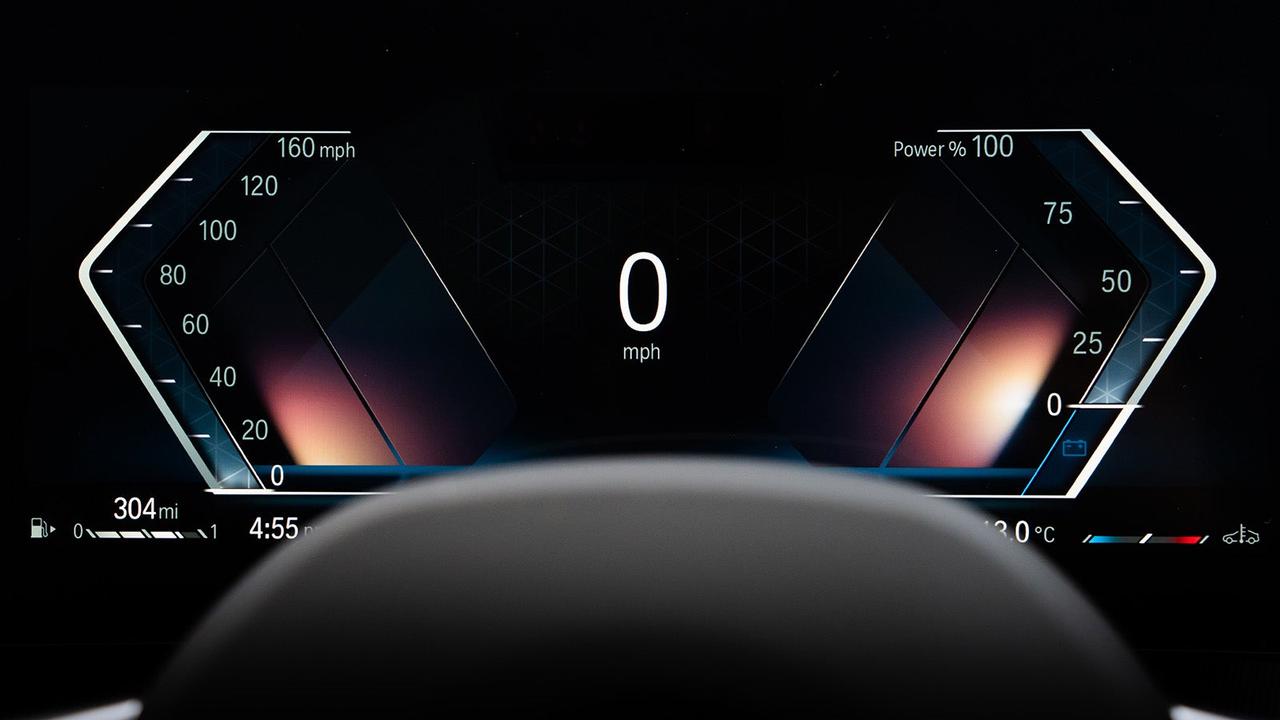
As we'll discover in the driving section below, the latest X1 isn't quite as focused on sporty driving as the old model. Despite this, there's still a range of strong engine choices under the bonnet, all of which will complete the 0-62mph dash in less than nine seconds. This is also the first X1 model that's offered as a fully electric car – the BMW iX1 – which brings swift, silent acceleration to the mix.
Our test car is an sDrive20i outfitted with the entry-level engine and the standard-fit automatic gearbox. This 1.5-litre three-cylinder turbo petrol unit is shared with the BMW 1 Series and Mini Hatchback but, in the X1, it's been boosted up to 170hp to cope with the car's extra mass. Dropping down from the typical four cylinders to three normally makes engines a bit noisier, but you'll only really notice the under-bonnet grumble when you floor the throttle, with this engine remaining hushed most of the time.
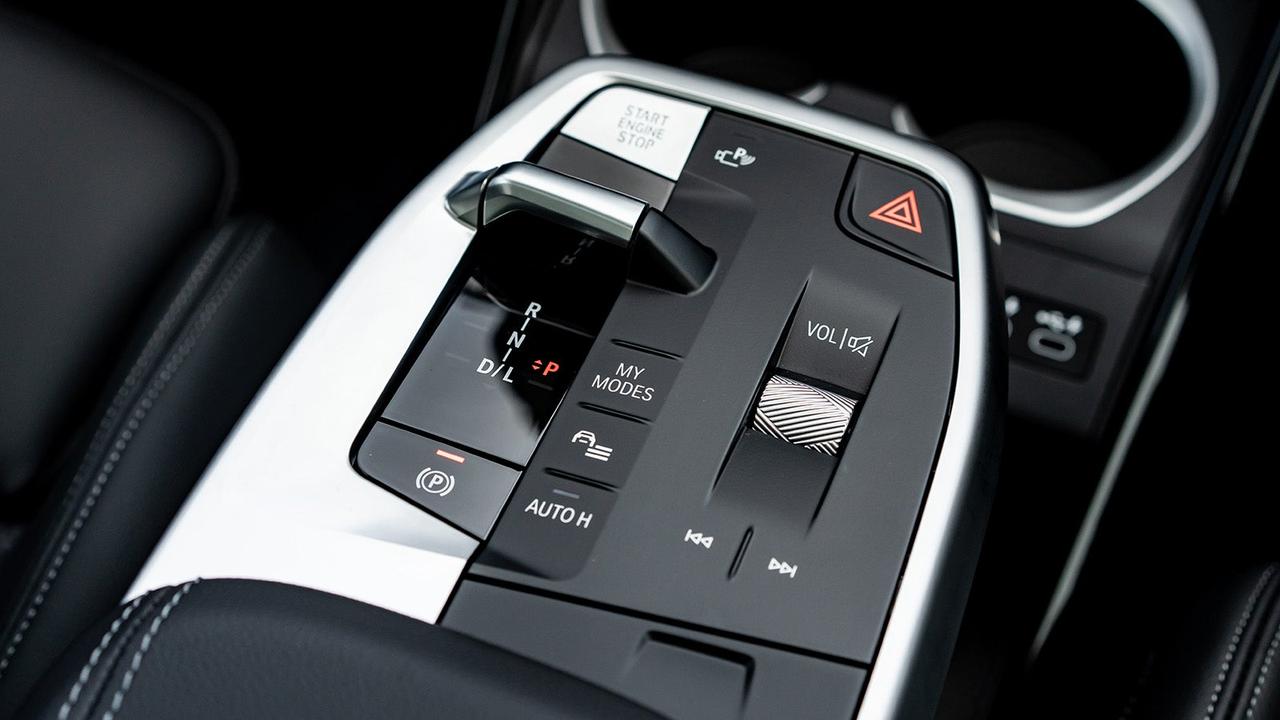
We've long suspected BMW of underrating its engines and this 170hp unit is no different. The on-paper 0-62mph time is 8.3 seconds but the X1 feels faster than that number suggests, building quite a head of steam once the turbo comes on song. That's partly down to the automatic gearbox, which reacts quickly to your pedal inputs, and usually knows when to quickly shuffle a few ratios or hang onto a gear.
Based on our experience with this engine, we see little reason to upgrade to the X1's more powerful options. Nevertheless, the car's stable platform can easily handle more power, whether that's the xDrive23i's 213hp or the much more aggressive M35i version with 300hp, which will readily bully hot hatches. Electric iX1s are pretty quick too, with either a 204hp single-motor or a 306hp dual-motor version, both with zippy off-the-line pace.
Driving and comfort
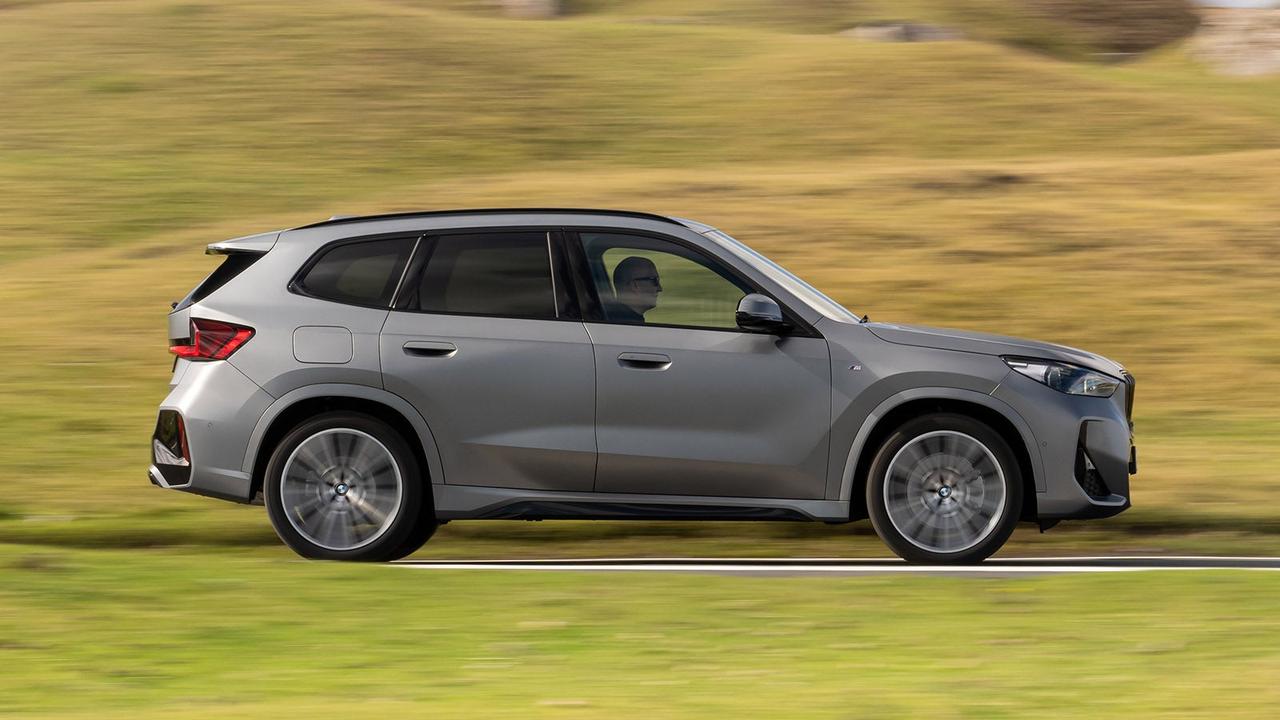
A big part of BMW's traditional appeal is the driving experience, and most drivers will find the X1 is easy to get on with. It's stable and grippy regardless of the road surface beneath you, giving you the confidence to cruise at fast motorway speeds without having to manage the car's body like some taller SUVs. The controls are quick-acting and predictable, without needless steering weight adding any extra strain while turning.
The ride is reasonably compliant too, despite the car's firm body control. Bumps are both felt and heard, but most of the harshness is tuned out before they get to the base of your seat. You sense the X1 has a little more suspension travel than the 1 Series hatch it's based on, giving the dampers a little more time to help the body glide over bumps, which makes the X1 a little easier over long distances.
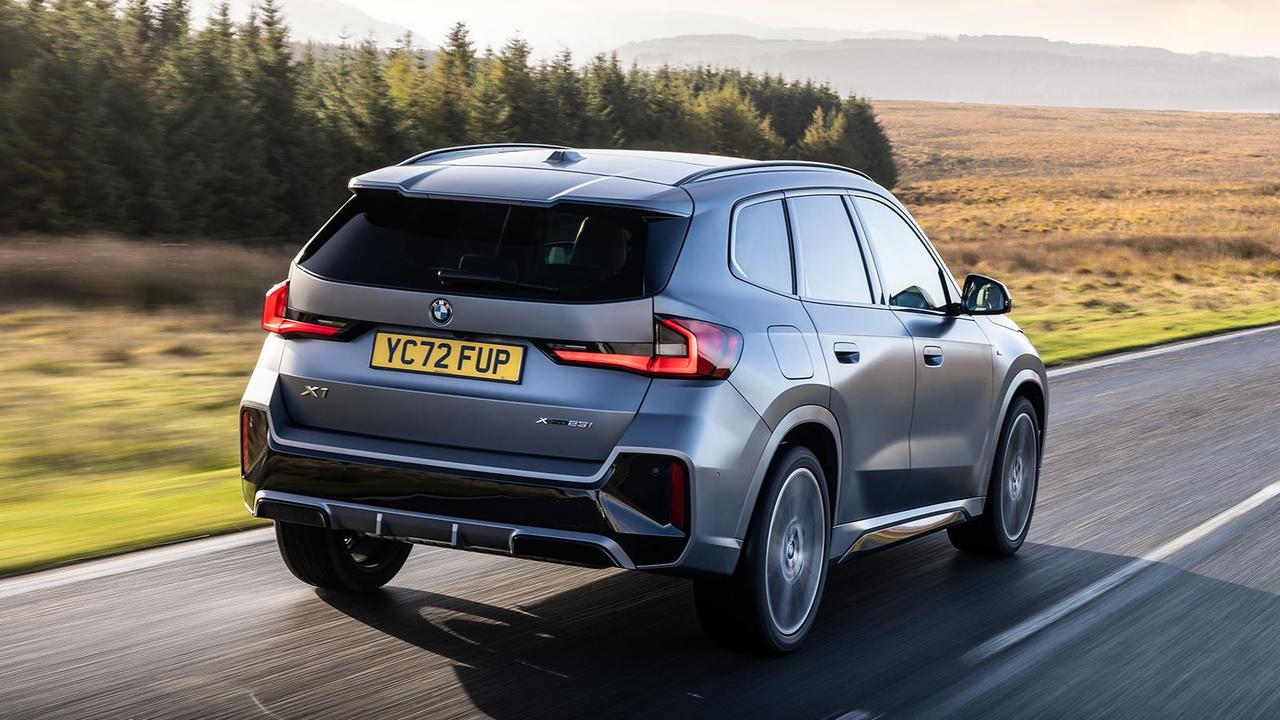
Is it fun though? BMWs once claimed to be the 'ultimate driving machines' but we're not sure the X1 fully delivers on this promise. The decision to soften the ride and make the controls lighter has definitely robbed some of the sportiness that was present in older X1s. Throw the car into a corner and it feels totally stable, but trying to tuck the car's line tighter is simply rewarded with more body roll rather than a keen front end scrabbling for the corner apex.
But BMW knows most X1 buyers don't care about apexes. The majority would much rather the car felt kind of sporty some of the time, rather than excessively manic most of the time. In this regard, the X1 succeeds as it still feels stable, grippy and easy, without a punishing ride or headache-inducing refinement. The muscular engine lineup and swift-shifting automatic gearbox also help make everyday driving a doddle.











































